Table of content
In the vast realm of culinary arts, certain dishes stand out not only for their exquisite taste but also for the harmonious blend of ingredients that offer a myriad of nutritional benefits. Among these, oil-braised prawns, a staple in many coastal and inland cuisines worldwide, epitomizes the perfect fusion of flavor and health. This article delves into the art of preparing oil-braised prawns, unraveling the secrets behind its mouthwatering aroma and rich texture, while also highlighting the myriad of nutritional values that make this dish a true culinary gem.

The Art of Oil-Braised Prawns: A Step-by-Step Guide
Ingredients:
- Fresh Prawns: Choose large, firm prawns with bright colors and a fresh ocean scent. Avoid those with a dull appearance or strong odor.
- Vegetable Oil: A high-quality, neutral-flavored oil like canola or grapeseed is ideal.
- Garlic: Finely chopped, garlic adds a subtle yet aromatic flavor.
- Ginger: Sliced thinly, ginger helps balance the dish with its unique warmth.
- Green Onions: Chopped, for garnish and an additional layer of flavor.
- Soy Sauce: Dark and light soy sauce can be used together to achieve a balanced color and taste.
- Shaoxing Wine: This traditional Chinese cooking wine enhances the aroma and depth of flavor.
- Sugar: A pinch of sugar helps to round out the flavors.
- White Pepper: Ground white pepper adds a hint of spice without overpowering the dish.
- Chicken or Vegetable Broth: Adds moisture and additional flavor.
- Cornstarch Slurry: Mixed with a little water, this is used to thicken the sauce at the end.
Preparation:
-
Cleaning the Prawns: Start by rinsing the prawns under cold running water. Peel off the shells, leaving the tail intact for a more presentable finish. Use a sharp knife to devein the prawns, removing the dark intestinal tract. Pat them dry with paper towels to ensure they don’t splatter when cooked.
-
Marinating: In a bowl, mix a tablespoon of soy sauce, a teaspoon of Shaoxing wine, and a pinch of white pepper. Add the prawns and let them marinate for at least 15 minutes. This step allows the flavors to penetrate the meat.
-
Sautéing Aromatics: Heat a wok or large skillet over medium-high heat and pour in enough vegetable oil to coat the bottom generously. Add the chopped garlic and sliced ginger, stirring constantly until fragrant but not burnt. This should take about 30 seconds to 1 minute.
-
Cooking the Prawns: Carefully add the marinated prawns to the wok, spreading them out in a single layer. Cook for about 2 minutes on each side, or until they turn pink and opaque. Be careful not to overcook them, as they will continue to cook in the sauce.
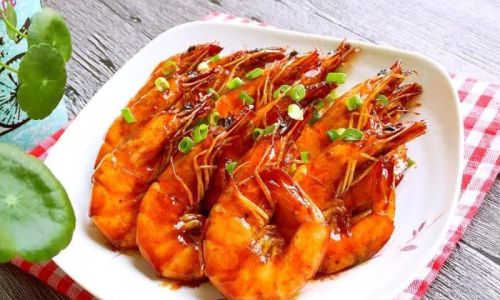
-
Adding Sauce: Pour in the remaining soy sauce, Shaoxing wine, a pinch of sugar, and enough chicken or vegetable broth to cover the bottom of the wok by about half an inch. Stir well to combine and let the mixture simmer for 2-3 minutes, allowing the flavors to meld together.
-
Thickening the Sauce: Mix the cornstarch slurry and pour it into the wok, stirring gently to combine. The sauce should thicken quickly, coating the prawns evenly. Taste and adjust seasoning with additional soy sauce or sugar if necessary.
-
Garnishing and Serving: Remove the wok from heat and sprinkle with chopped green onions. Serve immediately while hot, garnished with additional green onions if desired.
Nutritional Values of Oil-Braised Prawns
Beyond its delightful taste, oil-braised prawns boast an impressive array of nutritional benefits that make it a perfect choice for health-conscious individuals.
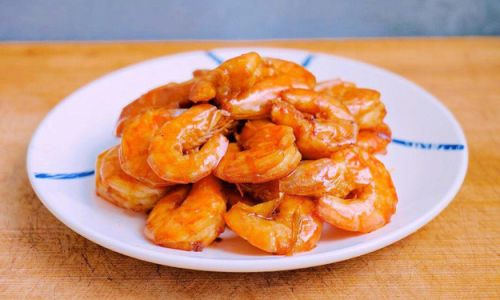
High-Quality Protein:
Prawns are an excellent source of high-quality protein, containing all nine essential amino acids necessary for human health. This makes them an ideal component of a balanced diet, supporting muscle growth, tissue repair, and overall bodily functions.
Rich in Omega-3 Fatty Acids:
Like many seafood options, prawns are rich in omega-3 fatty acids, particularly eicosapentaenoic acid (EPA) and docosahexaenoic acid (DHA). These healthy fats are known for their anti-inflammatory properties, benefiting heart health by reducing the risk of cardiovascular diseases, lowering triglyceride levels, and maintaining healthy blood pressure.
Minerals and Vitamins:
Prawns are packed with essential minerals such as selenium, zinc, and iodine. Selenium is a powerful antioxidant that helps protect cells from damage, while zinc supports immune function and wound healing. Iodine is crucial for thyroid health, regulating metabolism and energy levels.
Moreover, prawns contain vitamins A, B12, D, and E. Vitamin A supports vision and immune function, vitamin B12 is essential for red blood cell formation and neurological health, vitamin D aids in calcium absorption for bone health, and vitamin E acts as an antioxidant, protecting cells from oxidative stress.
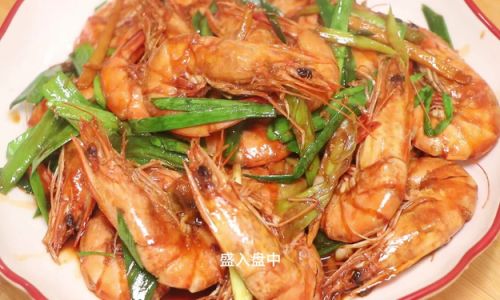
Low in Calories and Fat:
Despite their rich flavor, prawns are relatively low in calories and saturated fat, making them an excellent choice for those watching their weight or managing cholesterol levels. When prepared with minimal oil and without excessive added sugars or salts, they can be a part of a healthy, balanced diet.
Conclusion
Oil-braised prawns are not just a culinary delight; they are a nutritional powerhouse that offers a myriad of health benefits. By mastering the art of its preparation, one can enjoy a dish that is not only visually appealing and tastefully satisfying but also nutritious and beneficial for overall well-being. Whether served as a main course or a luxurious appetizer, oil-braised prawns are sure to impress with their harmonious blend of flavors and their contribution to a healthy lifestyle. So, the next time you’re in the kitchen, don’t hesitate to give this timeless recipe a try and experience the perfect fusion of taste and nutrition that oil-braised prawns embody.

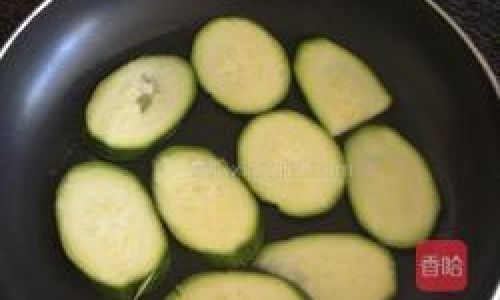
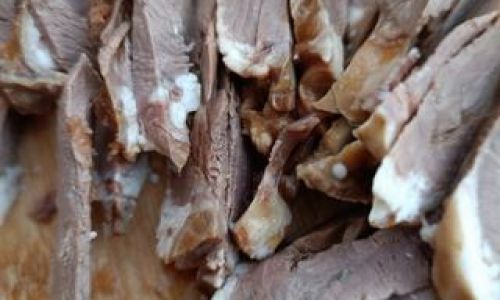

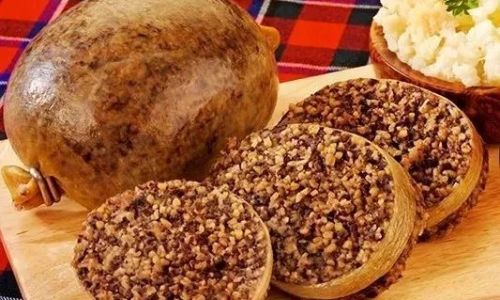
0 comments